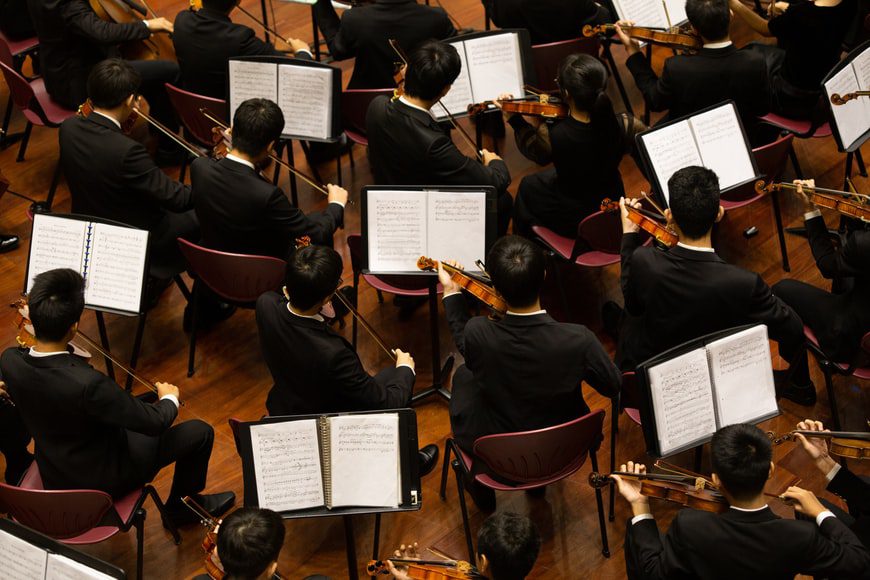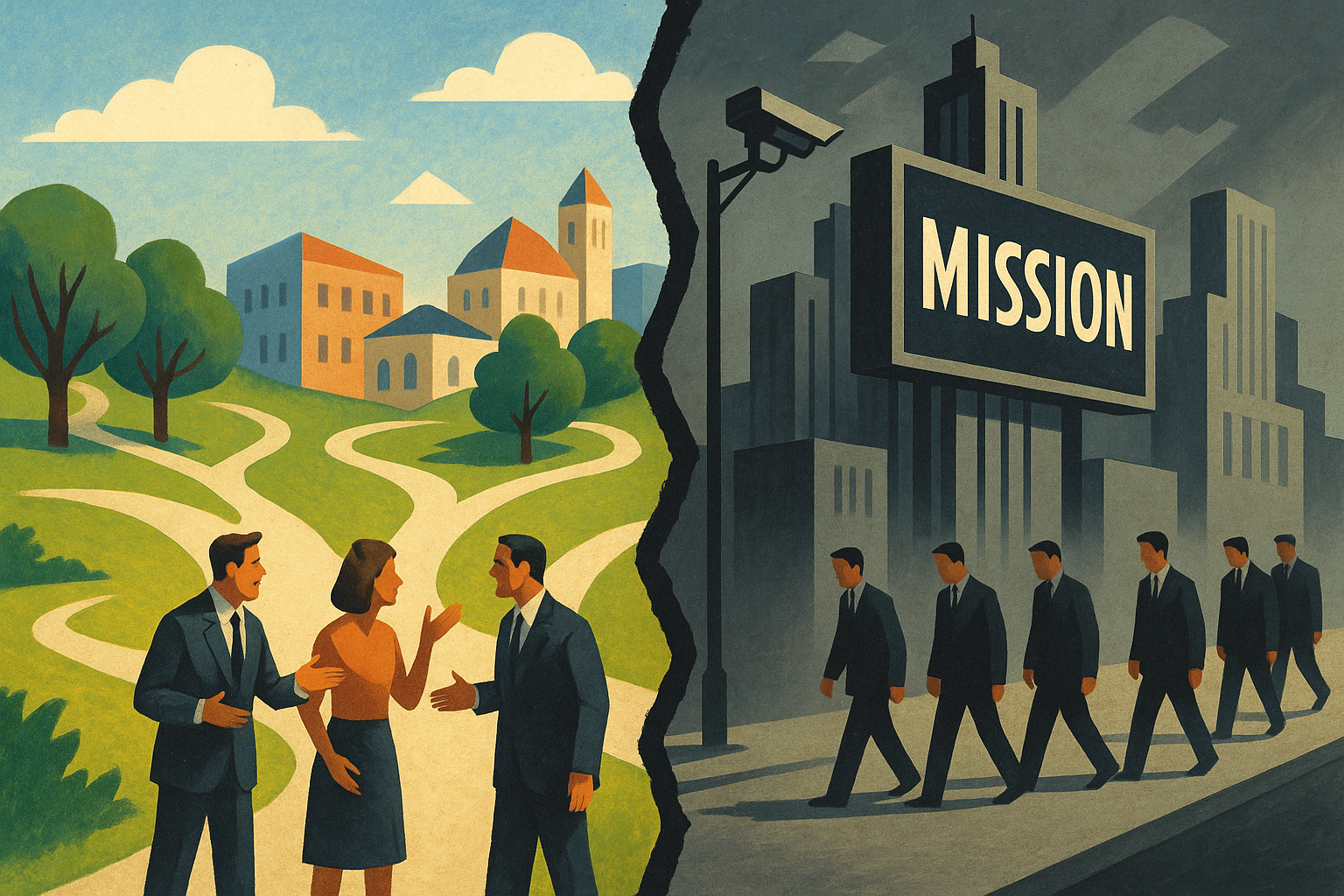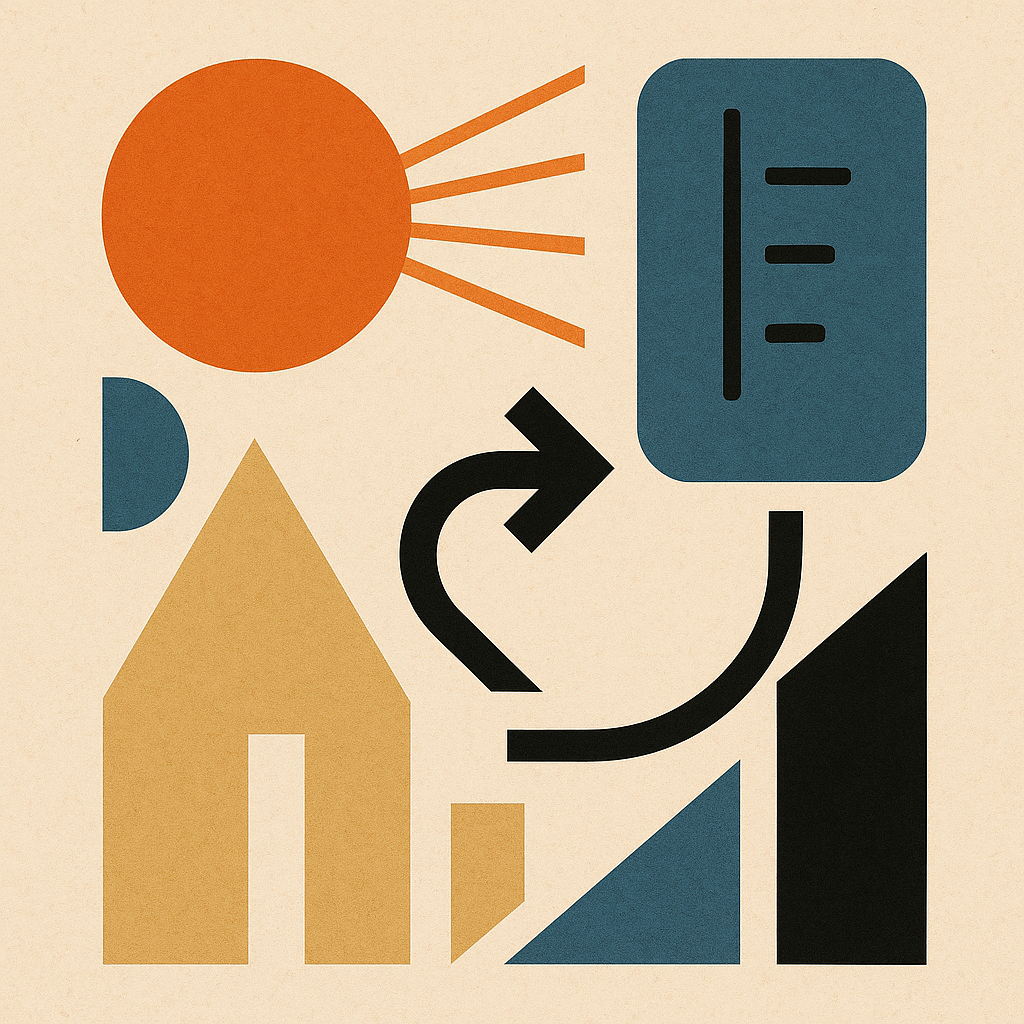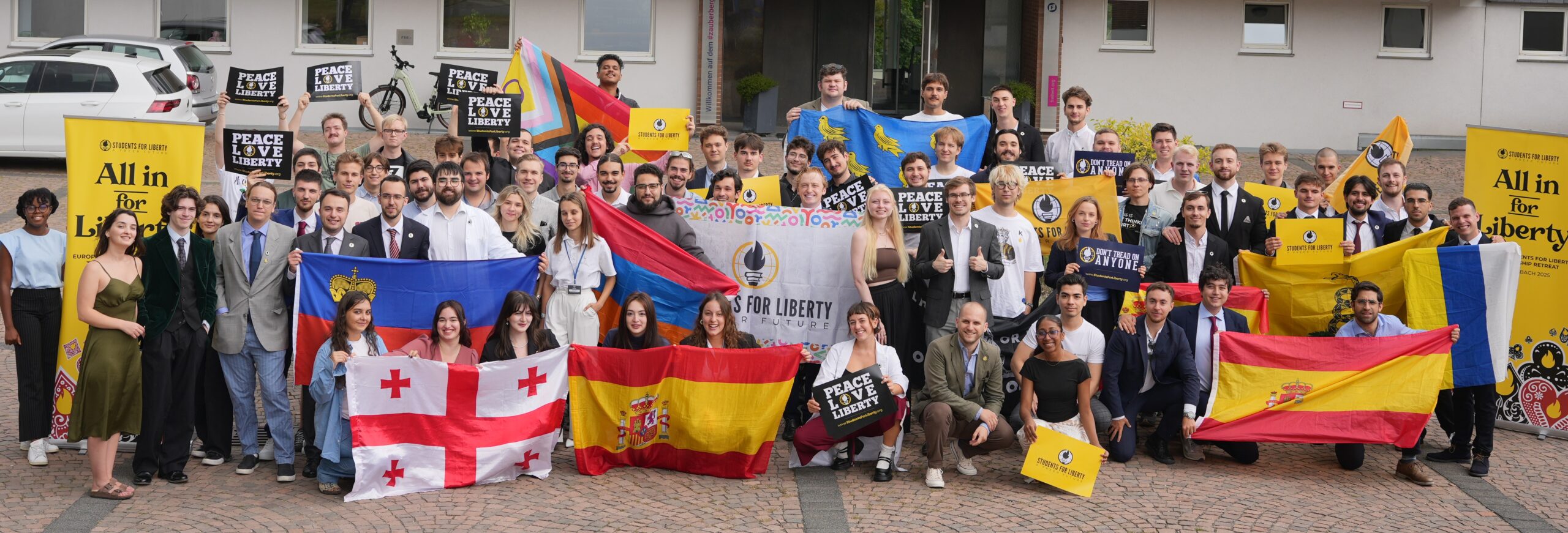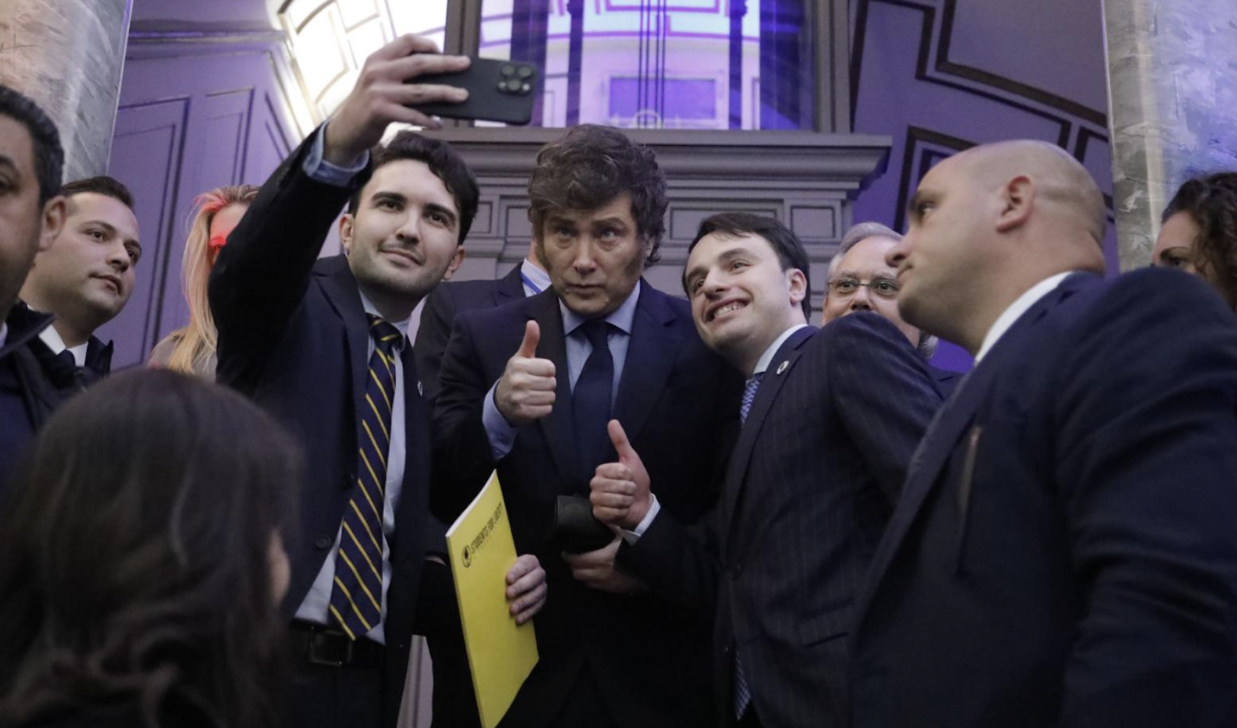Orchestra by Samuel Sianipar, licensed under Unsplash License
Over the centuries, humanity has progressively developed through the rise and fall of empires that have had their stances narrated throughout history. As times went by, different ideologies started building their foundations through societies, one such was the Libertarian ideology that sought its expression through various means, the most unique one that ideated the stand of liberty through the contrivance of music.
Almost every musician in the past as well as the present have felt similarly when it comes to the inception of forms of music. They have shared the values of freedom, harmony, love, and what they believed to be the truth. By way of music, many artists have touched the hearts of those who have had trouble understanding the meaning of the value of conversations, and have helped them decipher those through tunes and lyrics across different timelines. Through music, people have changed, felt emotions and believed in the manifestation of a new vision, something which is seen during the present scenario as well. Music has spread the messages of struggle, strife, and liberty and unspeakably gathered believers to understand the significance of peace, love, and liberty.
To unite and set free the voices of millions, to be heard.
We see libertarian ideologies in the works of famous artists like Wolfgang Amadeus Mozart (who became a Freemason in the last 7 years of his life, which has been known to have heavily influenced his music) and Ludwig van Beethoven, whose works, like his famous ‘Ode to Joy’, which the Council of Europe and the European Union adopted as their anthem in 1972 and 1985 respectively, are remembered daily and have continued to inspire the liberty movement till date.
Through music, chambers of liberty, freedom, feminism, homosexuality and others are propogated and expressed thoroughly. A relevant case study can be that of the marvelous artist Louise Farrenc (1804 – 1875). Although she was categorised as a brilliant performer and composer, she was paid considerably less than her male counterparts for nearly a decade. It was only after the triumphant premiere of her Nonet for Wind and Strings did she demand and end up receiving equal pay. This is one of the few remarkable yet rarely spoken representations of independence and assertion for equality by a woman recorded in history.
Over the years, many artists have used music as an expression for independence and freedom, even going as far as to express their socially unaccepted sexual identities through this endeavour. One such notable illustrations can be of, Pyotr Ilyich Tchaikovsky (1840 – 1893), who was widely considered to be a homosexual person in an age when the sexual identity crisis was frowned upon and shunned. Breaking the societal barrier he expressed his frustration, suffering, passion, and identity through his music and came to be remembered as one of the greatest artists who ever lived in the 18th century.
Coming to the 20th century, jazz was ‘stumbled upon’, quite literally in some cases as it was the music of fun, excitement, and haphazardness. While it did not conform to the conventional arrangements of classical music it was still considered a form of art and expression and gained instant popularity. Some even believe that jazz marked the entry of music into the realms of neoliberalism and suffrage.
Towards the mid- 20th century, many spiritual and folk songs became popular as a way of expressing liberty and rights. During the Civil Rights Movement of 1954, African American spiritual, gospel, and folk music played an important role. Musicians collaborated and sang for multiple purposes like, to motivate during long marches, for psychological strength against harassment and brutality, and sometimes as a simple pass time. Some famous music during these times were ‘We shall overcome’, ‘Eyes on the Prize’, and ‘Tree of Life.’ Jubilant songs, sad songs, romantic songs; there was a song for every mood! Music overcame the barrier of oppression and gave wings to those who chose to fly. Even the guns and ammunition of the oppressors quivered in the face of their united harmony.
Similarly, 13,568 km away, Indians were also using music and poems to inspire and fight against colonial rule and fought for freedom. Rabindranath Tagore is one of the most famous Indian patriotic and liberty singers who has created multiple songs loaded with libertarian and patriotic messages, the likes of which are listened to and appreciated even today.
Coming closer to the 21st century we see bolder artists pointing out the hypocrisy of the Government and its so-called ‘Democratic institutions’, through their lyrics and music videos. One such famous artist is the King of Hip Hop, Eminem. In his 2002 hit song ‘White America’, he points out how the color of his skin was originally rejected, hated, and threatened since the hip-hop genre was predominantly an African-American genre, and discusses the freedom of speech of the US Constitution through attacks on the then Second Lady of the US Lynne Cheney, who questioned Eminem’s legitimacy to freedom of speech and introduced Parental Advisory sticker as a form of Governmental control on television. Artists like Beyonce, Pharrell, Pitbull, and thousands more continue to express and fight for liberty and freedom through music.
Music brings us closer and connects us to millions around the world, just like our innate desire for freedom and liberty, while inspiring us to fight for our rights. Such is the rich repertoire of music and its harmony with liberty.
This piece solely expresses the opinion of the author and not necessarily the organization as a whole. Students For Liberty is committed to facilitating a broad dialogue for liberty, representing a variety of opinions.
